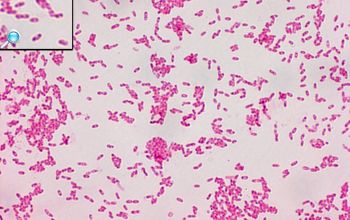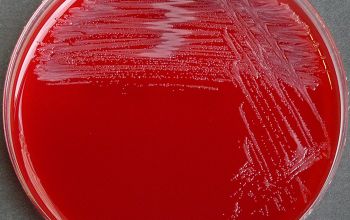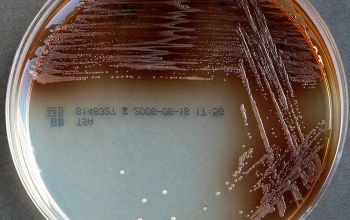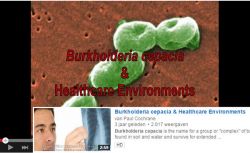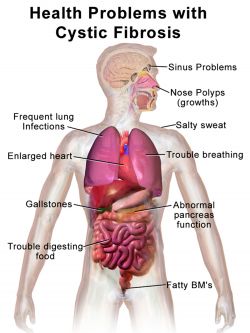"Clubbing" of the fingers is a classic feature of Cystic Fibrosis, although not present in many patients
author Desherinka
photo wikimedia commons
https://commons.wikimedia.org/wiki/File:Acopaquia.jpg
health problems with Cystic Fibrosis
Author Bruce Blaus
wikimedia commons
https://commons.wikimedia.org/wiki/File:Blausen_0286_CysticFibrosis.png
Burkholderia cenocepacia
-
General information
Several Burkholderia species have been isolated from human clinical samples, but only Burkoldeia cepacia complex, B. gladioli , B. mallei and B. pseudomallei are generally recognized as human pathogens.
Taxonomy
Family: Burkholderiaceae
Burkholderia cepacia complex includes genomospecies
B. ambifaria, B. anthina, B. arboris, B. cepacia, B. cenocepacia, B. diffusa, B. dolosa, B. latens, B. metallica, B. multivorans, B. phenazinium, B. pyrrocinia, B. seminalis, B. stabilis, B. vietnamiensis
Natural habitat
They are found in water and soil and can survive for prolonged periods in moist environments.
These bacteria can act as a powerful pesticide, capable of eliminating many soil-borne plant pathogens.
Transmission
B. cepacia complex is highly transmissible between cystic fibrosis patients and can be transferred from one CF patient to another in hospitals, health clinics, and social environments.
They are a significant risk factor for morbidity and mortality in CF.
Clinical significance
B. cepacia complex has long been recognized as an occasional opportunistic human pathogen, capable of causing a variety of infections, including bacteremia, urinary tract infection, peritonitis, and pneumonia in persons with underlying illness.
Like cystic fibrosis (CF), they are particularly susceptible to infection.
Cystic fibrosis
is a genetic, life-threatening disorder that primarily affects the digestive system and the lungs.
It is a most common potentially lethal autosomal recessive disease.
Strains of B. cepacia complex are frequently associated with aggressive pneumonia that is accompanied by rapidly fatal bacteremia. (cepacia syndrome)
-
Diseases
-
Gram stain
Gram negative rods,
0.5-1.0 x 1-5 µm,
lying; solitair
-
Culture characteristics
-
Obligate aerobic
BA: colonies are smooth and slightly raised; occasionally isolates are mucoid.
Some strains of B. cenocepacia produce a yellow pigment (3%), brown pigment (14%) and a small percentage ( < 9%) are α- or β-hemolytic.
McConkey: growth
Colonies of the B .cepacia complex frequently become dark pink to red due to oxidation of lactose after extended incubation (4-7 days)
BBAØ: no growth
BCSA: (B. cepacia selective agar)
It may take 3 days before the colonies are seen from respiratory tract specimens from CF patients.
Colonies are smooth and slightly raised; occasionally isolates are mucoid.
Smell
dirt like odor
-
-
Characteristics
-
References
James Versalovic et al.(2011) Manual of Clinical Microbiology 10th Edition
Karen C. Carrol et al (2019) Manual of Clinical Microbiology, 12th Edition


